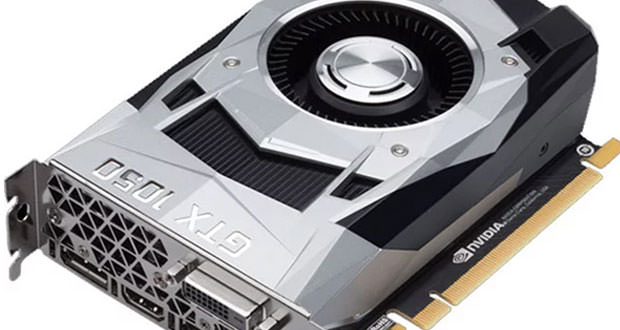NVIDIA GeForce GTX 1050 doubles with a 3GB memory
The new card has a more complex and faster GPU than the model now on the market, but the increase in video memory is charged with a reduction of the overall bandwidth.
NVIDIA has officially unveiled a new video card of the GeForce family for the most budget-conscious gamers: let’s talk about the GeForce GTX 1050 model with 3 GB of video memory, 50% more than the 2 GB that accompany the GeForce GTX cards 1050.
This innovation is accompanied by technical specifications that differ from the model of the same GPU to date offered on the market. The new card sees the video memory increase by 50% as a quantity but in the face of a reduction of its maximum bandwidth. The technology is always the GDDR5 with 7 Gbps modules, but the memory bus drops from the previous 128bit to the current 96bit.
The result is a maximum bandwidth that goes from the previous 112 Gbytes per second to the current 84, with a consequent impact on the speed performance that should not be neglected. NVIDIA has chosen to offset these new specifications by increasing the clock rate of the GPU and providing more CUDA cores.
We find in this 768 CUDA cores card against the 640 of the GeForce GTX 1050 card with 2 GB of video memory: this is the same amount integrated by NVIDIA in the GeForce GTX 1050Ti card. The clock frequencies also change, becoming 1,392 MHz as the base clock and 1,518 MHz as boost clock against values of 1,354 MHz and 1,455 MHz respectively for the GeForce GTX 1050 card with 2 GB of video memory.
It is significant to note that even with the same amount of CUDA cores integrated, the GeForce GTX 1050Ti card operates with much smaller clock frequencies. From the point of view of the pure computing power of the video chip, the new GeForce GTX 1050 3GB is more powerful than the GeForce GTX 1050Ti; the latter compensates with the memory, either as a quantity (equal to 4 GB) or as a maximum bandwidth (112 GB/s).
In fact, with this new card NVIDIA further enriches its offer of solutions in the price segment between $100 and $150, with a product differentiation that seems to be very limited overall and that can lead the consumer to not be clear which product is to be preferred to the other.
Product prices and availability are subject to change. Any price and availablility information displayed on Amazon at the time of purchase will apply to the purchase of any products.

